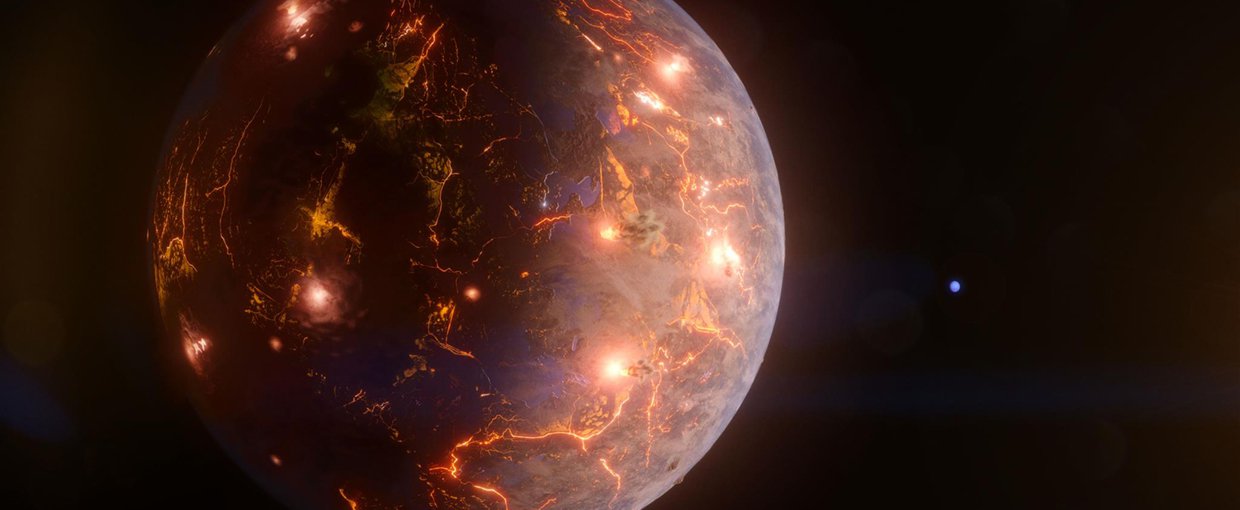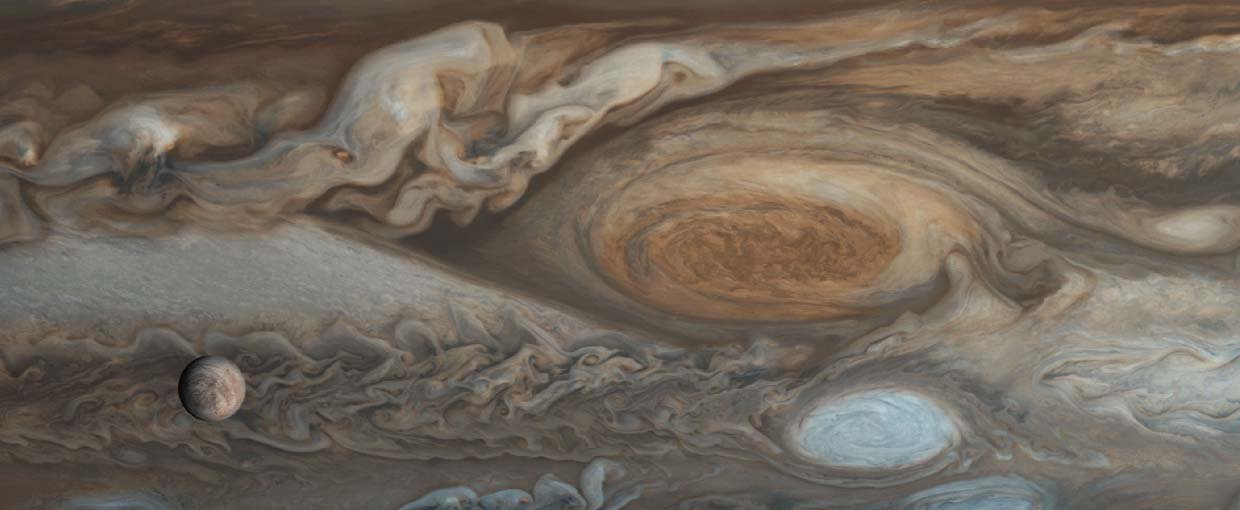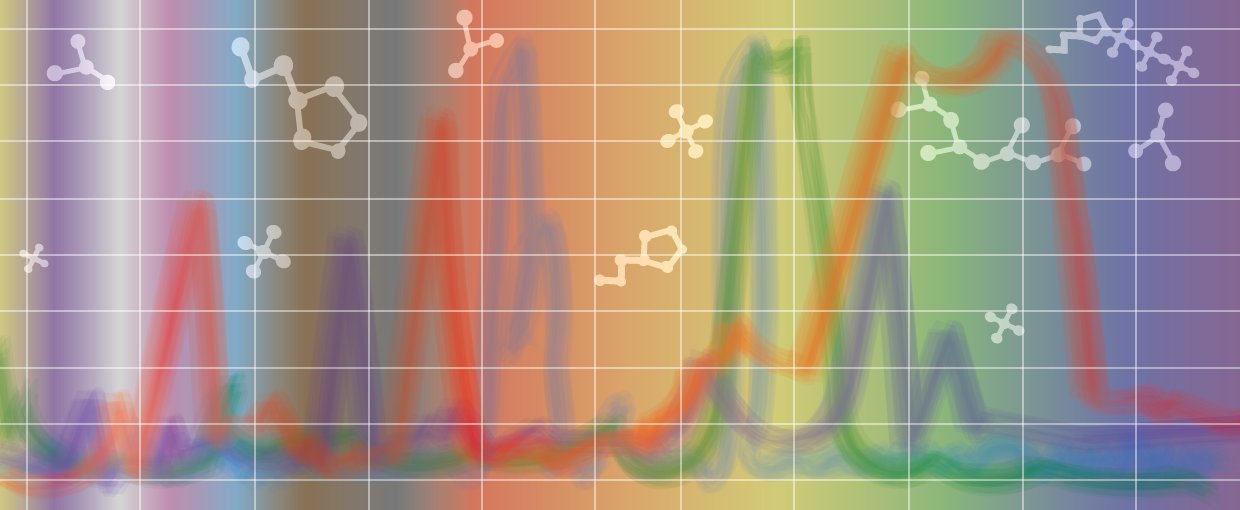Dahl, T. W., Anbar, A. D., Gordon, G. W., Rosing, M. T., Frei, R., & Canfield, D. E. (2010). Geochimica et Cosmochimica Acta, 74(1), 144–163. doi:10.1016/j.gca.2009.09.018
Day, J. M. D., Walker, R. J., James, O. B., & Puchtel, I. S. (2010). Earth and Planetary Science Letters, 289(3-4), 595–605. doi:10.1016/j.epsl.2009.12.001
Driesener, R. C., Challand, M. R., McGlynn, S. E., Shepard, E. M., Boyd, E. S., Broderick, J. B., … Peters, J. W. (2010). Angewandte Chemie International Edition, 49(9), 1687–1690. doi:10.1002/anie.200907047
Dvorak, R., Pilat-Lohinger, E., Bois, E., Schwarz, R., Funk, B., Beichman, C., … Danchi, W. (2010). Astrobiology, 10(1), 33–43. doi:10.1089/ast.2009.0379
Ehrenfreund, P., Peter, N., Schrogl, K. U., & Logsdon, J. M. (2010). Acta Astronautica, 66(1-2), 245–256. doi:10.1016/j.actaastro.2009.05.030
Fridlund, M., Eiroa, C., Henning, T., Herbst, T., Kaltenegger, L., Léger, A., … Liseau, R. (2010). Astrobiology, 10(1), 113–119. doi:10.1089/ast.2009.0391
Fridlund, M., Eiroa, C., Henning, T., Herbst, T., Lammer, H., Léger, A., … Liseau, R. (2010). Astrobiology, 10(1), 5–17. doi:10.1089/ast.2009.0380
Grenfell, J. L., Rauer, H., Selsis, F., Kaltenegger, L., Beichman, C., Danchi, W., … Eiroa, C. (2010). Astrobiology, 10(1), 77–88. doi:10.1089/ast.2009.0375
Haikala, L. K., & Reipurth, B. (2010). A&A, 510(None), A1. doi:10.1051/0004-6361/200913084
Kaltenegger, L., Eiroa, C., Ribas, I., Paresce, F., Leitzinger, M., Odert, P., … Hanslmeier, A. (2010). Astrobiology, 10(1), 103–112. doi:10.1089/ast.2009.0367



